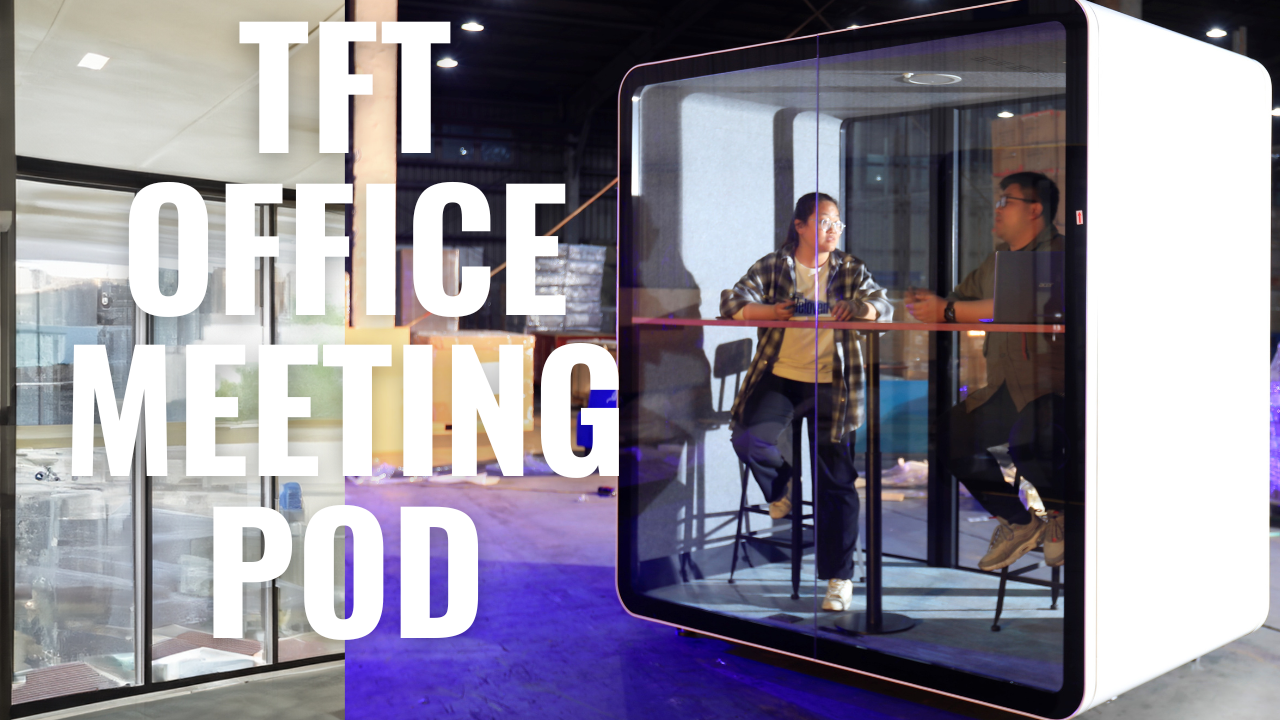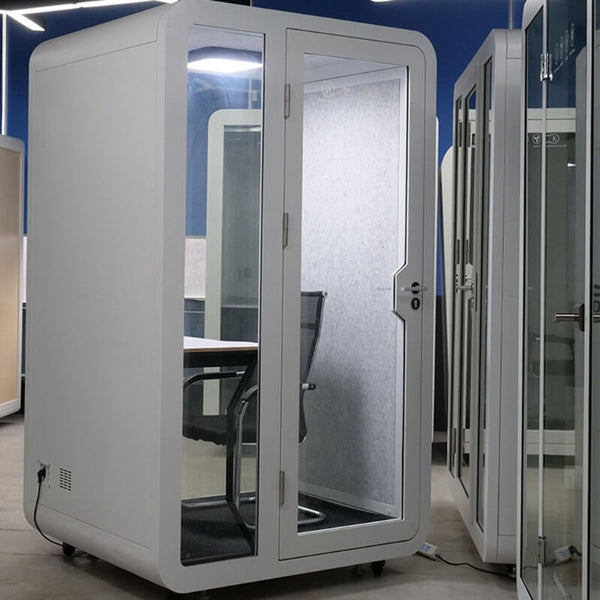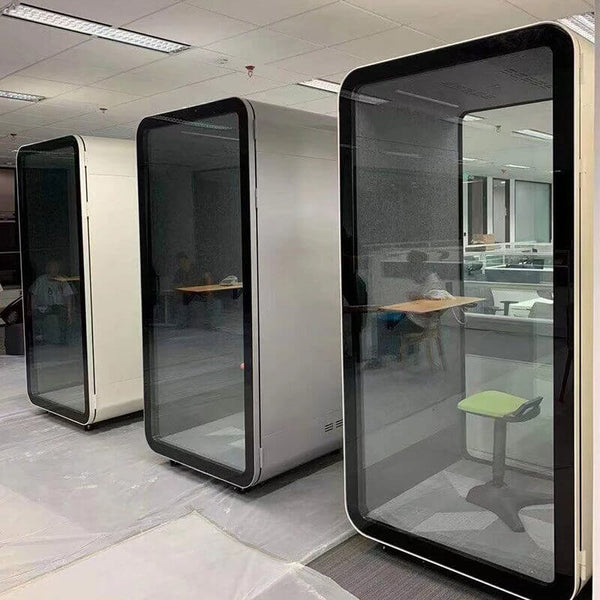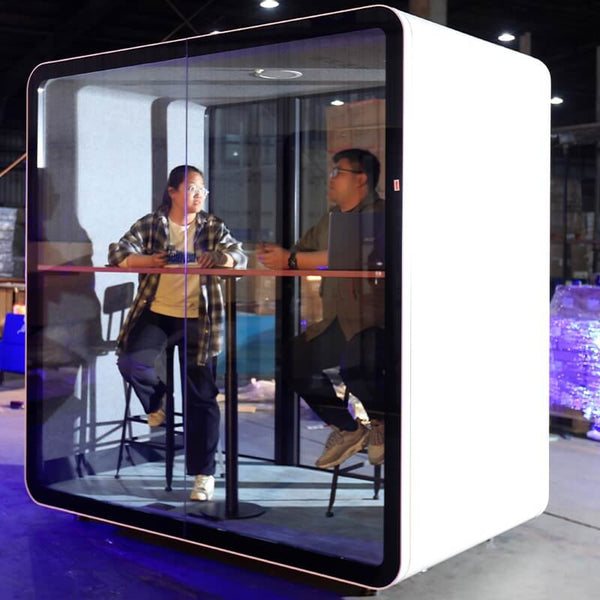
Designing the Optimal Soundproof Phone Booth for Today's Office: A Rigorous, Scientific Analysis
| YukiLi
In the modern workspace, balancing the need for collaboration with individual quiet spaces has become a crucial concern. With the rise of open-plan offices and coworking spaces, privacy and tranquility are often elusive, fostering a demand for soundproof office phone booths. These isolated, tranquil spaces foster concentration, facilitate confidential calls, and increase productivity. However, the components of an ideal soundproof phone booth, in terms of features, hardware facilities, and material construction, necessitate careful selection and scientific reasoning.
Fundamentally, the efficiency of a soundproof phone booth relies on its capacity to isolate sound. Effective soundproofing can be evaluated through the Sound Transmission Class (STC), a rating that determines how well a partition attenuates airborne sound. A booth with an STC rating between 35 and 40 can significantly reduce noise and should be considered the standard in phone booth design.

For construction materials, while several options exist, the eco-friendly and highly effective PET (Polyethylene Terephthalate) acoustic panels have risen as an ideal choice. PET panels, made from recycled plastic, not only offer excellent sound absorption properties but also contribute to sustainable and green building practices. The booth's outer layer can be crafted from materials such as wood or high-quality synthetic composites, ensuring durability while blending seamlessly with various office decors.
Ventilation is a crucial feature that directly impacts the booth's usability. An ideal booth should incorporate a silent, energy-efficient ventilation system, which can maintain a comfortable internal environment while avoiding any potential disturbances from fan noise.
Lighting within the booth plays a critical role in creating a conducive atmosphere for focused work. Energy-efficient LED lighting with adjustable brightness can maintain an optimal visual environment, crucial for tasks that require significant attention to detail.

The hardware inside the booth should reflect an understanding of diverse user needs. It should come equipped with a comfortable, adjustable chair and desk, catering to different body sizes and comfort preferences. Furthermore, the inclusion of both USB and standard outlets is necessary for charging a wide array of electronic devices.
In today's hyper-connected world, seamless digital connectivity is paramount. Therefore, the booth should facilitate uninterrupted Wi-Fi signals. Considering potential signal interference from soundproofing materials, it may be necessary to incorporate additional hardware, like a Wi-Fi repeater, to ensure consistent connectivity.
For access, a booth should possess a transparent, soundproof glass door. This feature allows others to determine occupancy visually, reducing interruptions. The door should also include an automatic soft-close mechanism, preventing the creation of additional noise.
Aesthetically, the booth should resonate with the broader office environment. A modern, sleek design with neutral color tones will enhance the overall appeal of the workspace. Consideration should also be given to include a window or clear glass panel, reducing the sense of confinement and allowing natural light to enter.

Lastly, an optimal booth should facilitate ease of assembly and disassembly. A freestanding unit allows for easy relocation, offering flexibility in adjusting workspace arrangements based on evolving needs.
In conclusion, a soundproof phone booth represents more than a quiet space; it's a symbol of a workspace that values both collaboration and individual productivity. By selecting scientifically-backed soundproofing materials, providing essential hardware facilities, and focusing on user-centric features, designers can create a booth that elevates the workspace experience, aligning with the evolving dynamics of modern work culture.




Leave a comment
Your email address will not be published.